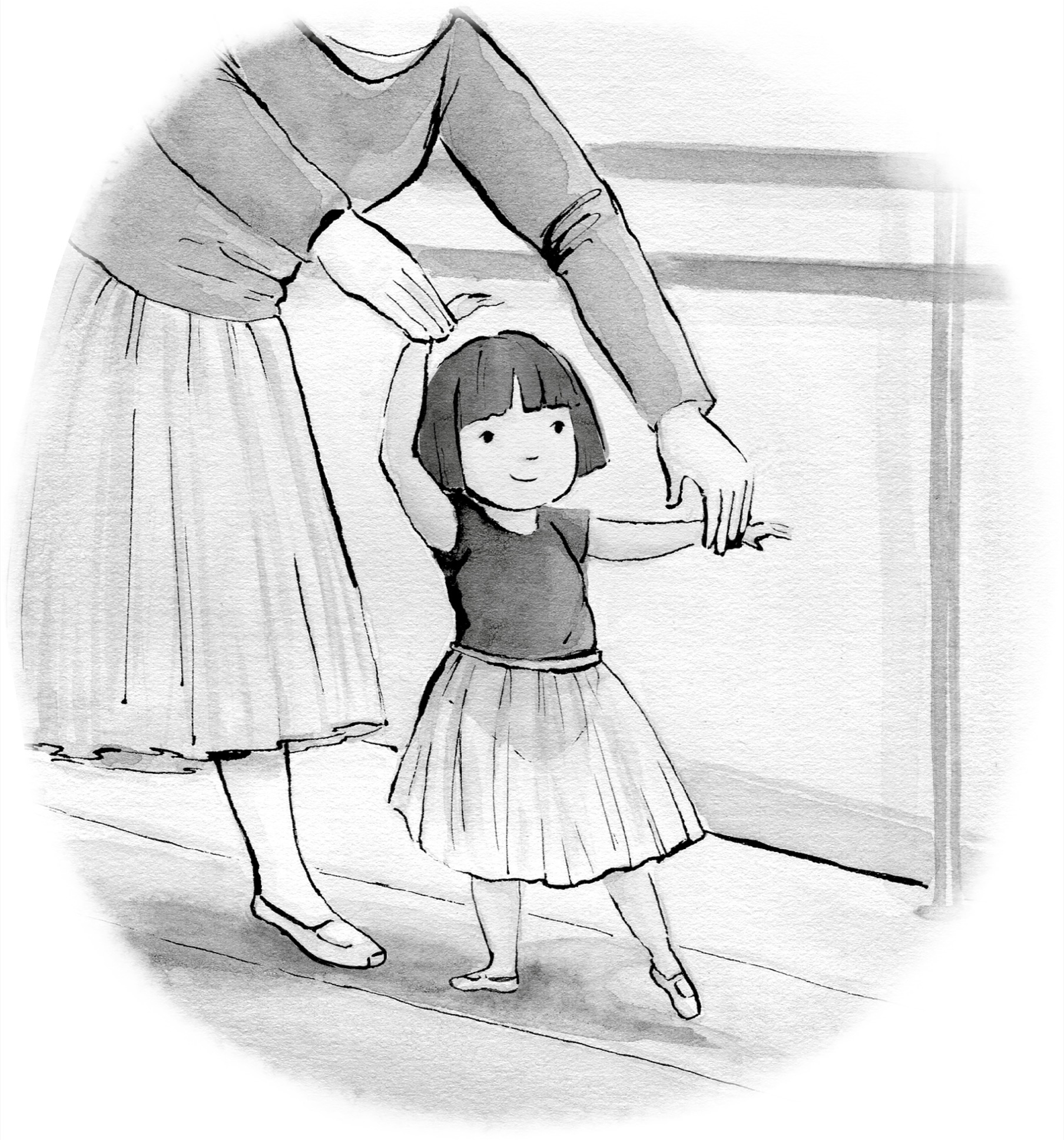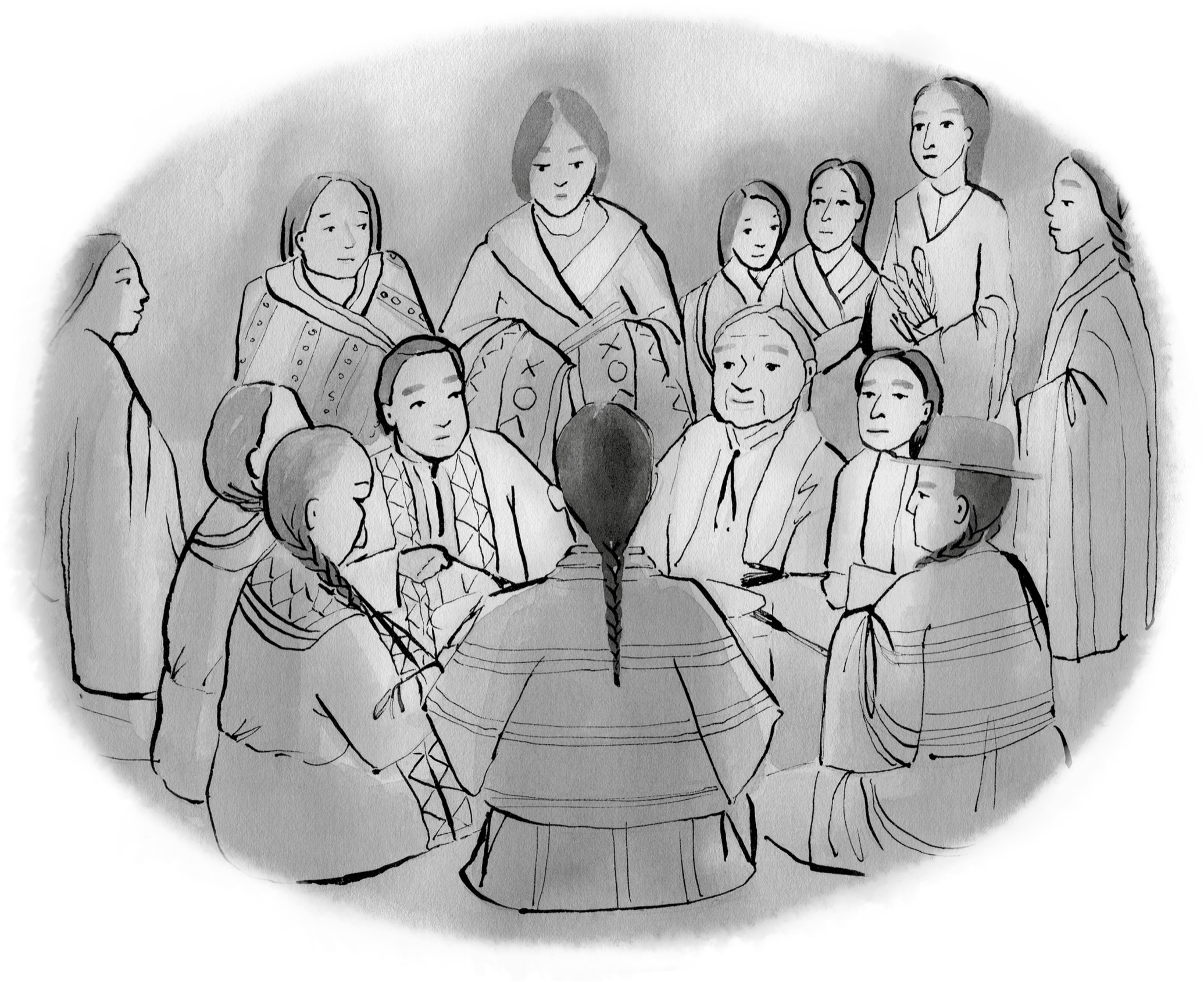PHILOMEL BOOKS
An imprint of Penguin Random House LLC, New York

First published in the United States of America by Philomel Books,
an imprint of Penguin Random House LLC, 2021
Text copyright 2021 by Chelsea Clinton
Illustrations copyright 2021 by Alexandra Boiger
Penguin supports copyright. Copyright fuels creativity, encourages diverse voices, promotes free speech, and creates a vibrant culture. Thank you for buying an authorized edition of this book and for complying with copyright laws by not reproducing, scanning, or distributing any part of it in any form without permission. You are supporting writers and allowing Penguin to continue to publish books for every reader.
Philomel Books is a registered trademark of Penguin Random House LLC.
Visit us online at penguinrandomhouse.com.
Library of Congress Cataloging-in-Publication Data is available.
HC ISBN 9780593115800
PB ISBN 9780593115817
Ebook ISBN 9780593115824
Edited by Jill Santopolo.
Design by Ellice M. Lee., adapted for ebook by Michelle Quintero
The publisher does not have any control over and does not assume any responsibility for author or third-party websites or their content.
pid_prh_5.8.0_139307961_c0_r0
 For
For 
the Osage Nation,
for Marias living relatives,
and in honor of Indigenous kids everywhere.
Dear Reader,
As Sally Ride and Marian Wright Edelman both powerfully said, You cant be what you cant see. When Sally said that, she meant that it was hard to dream of being an astronaut, like she was, or a doctor or an athlete or anything at all if you didnt see someone like you who already had lived that dream. She especially was talking about seeing women in jobs that historically were held by men.
I wrote the first She Persisted and the books that came after it because I wanted young girlsand children of all gendersto see women who worked hard to live their dreams. And I wanted all of us to see examples of persistence in the face of different challenges to help inspire us in our own lives.
Im so thrilled now to partner with a sisterhood of writers to bring longer, more in-depth versions of these stories of womens persistence and achievement to readers. I hope you enjoy these chapter books as much as I do and find them inspiring and empowering.
And remember: If anyone ever tells you no, if anyone ever says your voice isnt important or your dreams are too big, remember these women. They persisted and so should you.
Warmly,
Chelsea Clinton
TABLE OF CONTENTS
CHAPTER 1
Osage
When Elizabeth Marie Tall Chief was born, there were few American ballet stars. She would become one of the first. And to this day, she remains one of the most famous and celebrated dancers in history.
We know her as Maria Tallchief. Growing up, she was nicknamed Betty.
Betty was born in Fairfax, Oklahoma, on January 24, 1925. Her father, Alexander, was a citizen of the Osage Nation. Her mother, Ruth, was a white woman from Oxford, Kansas. Her parents met when Ruth went to Fairfax to visit her sister, who worked as a cook and housekeeper in Alexanders mothers home. At the time, it was common for Osage people to live in mansions. In the 1920s, the Osage tribal members were among the wealthiest people in the world.
When Ruth and Alexander initially met, he was a handsome widower, which meant hed been married but his spouse had passed away. He had three children from his first marriage, and after he and Ruth were married, they had three more children together. The first was Bettys brother, Jerry. Betty came next, and was closely followed by her sister, Marjorie.
Ruth wanted her daughters to do ballet, because she loved the arts but couldnt afford to attend lessons when she was a little girl. And so, Betty took her first ballet lesson when she was three years old. Throughout her childhood, she spent most of her time doing schoolworkand learning how to dance.
As the family grew, Alexanders eldest children moved in with their grandmother, Eliza Tall Chief. Eliza was very involved in the raising of her grandchildren, including Betty, and she helped them stay connected to their Osage culture.
The Osage Nation has a long and complicated history. By the time Betty was born, the Osages had already endured many hardships.
In the 1800s, the Osages and other Native Nations suffered in the area known as Indian Territory, which got smaller and smaller until it made up only most of what is now the state of Oklahoma. Diseases spread through their communities. Fences were built to separate the people from the roaming buffalo, a food Native Nations ate to stay strong.
Then, in 1871, the Osage Nation bought their own reservation in northeastern Oklahoma. Nobody knew it yet, but the land they reserved for themselves was filled with oil. When they found it, the Osage leaders made sure it was shared equally by all members of the tribeand people paid a lot of money for that oil!
This is how the Osages became so wealthy.
However, their riches didnt solve everything. The Osage Nation and the US government still had conflicts. For many years, the US government wanted Natives to assimilate into American society. This meant that Native people were expected to speak only English, change religions, and forget their cultures. Because of this, many Osage children were sent to boarding schools, and Osage elders could only share their histories and traditions in secret.
As a young girl, Betty learned some of these secrets. Alexander and Eliza took the family to powwows held in remote corners of the Osage reservation. If they had been caught, they could have gotten in trouble. At the time, Native American ceremonies and gatherings were illegal. (And they would remain illegal until Congress passed the American Indian Religious Freedom Act in 1978, when Betty was fifty-three years old!)
But the family went, even though there were risks. It was important for Betty and her siblings to learn about their tribes culture, their values, and their history.
Betty never forgot the rhythm of those powwow songs.
When Betty was eight years old, her brother, Jerry, went to military school. Shortly after that, Alexander, Ruth, Betty, and Marjorie moved to California.
It was a bittersweet time. Betty loved her house in Fairfax. She loved the big front yard, with its old swing and its blooming garden. She loved the horse pastures and the rolling green lands that surrounded her home.

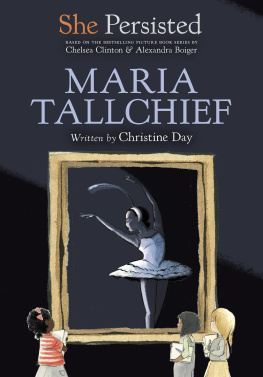
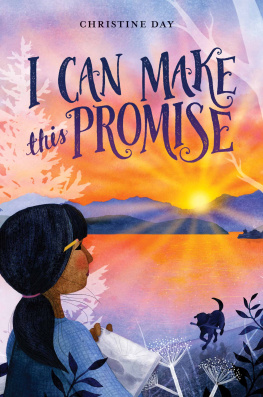


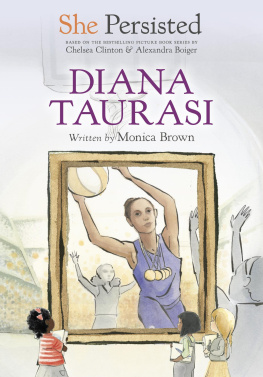
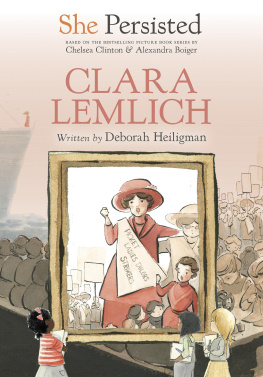
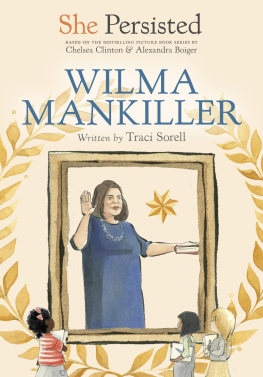

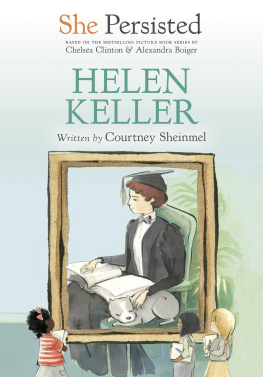
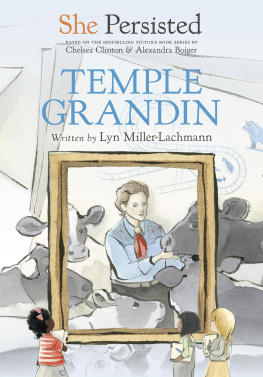
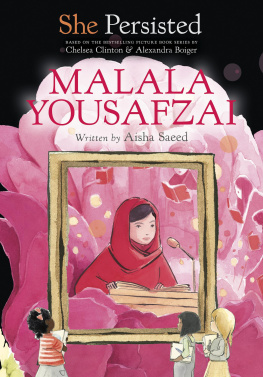
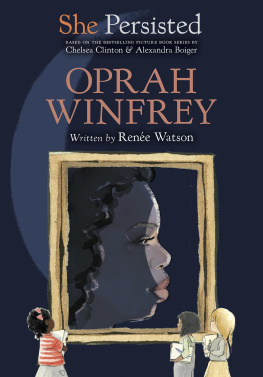
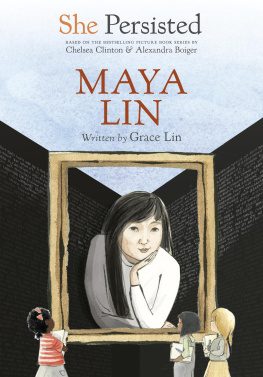
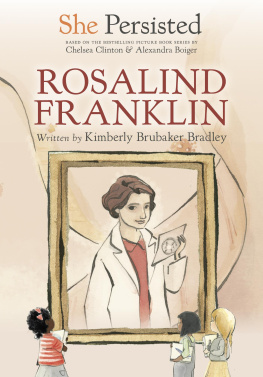
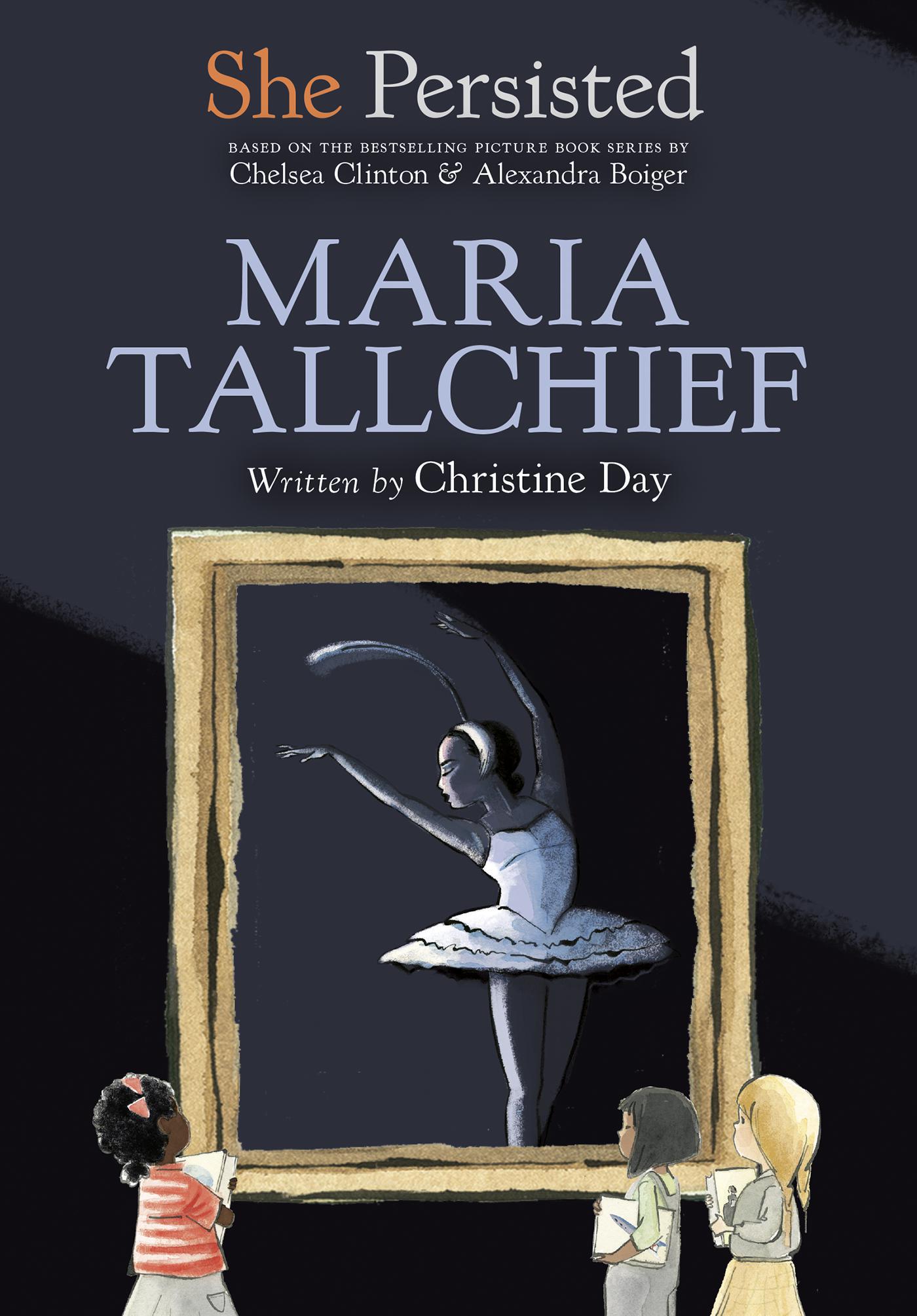
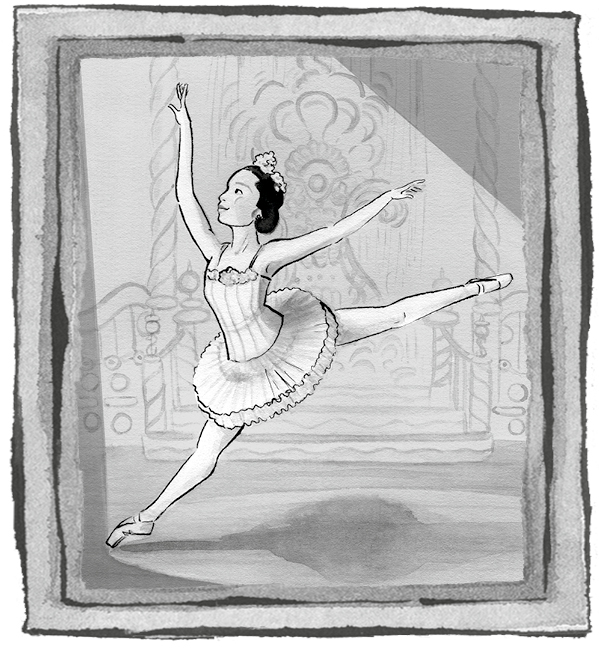


 For
For 
